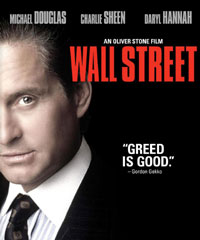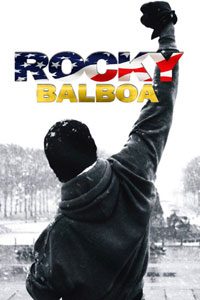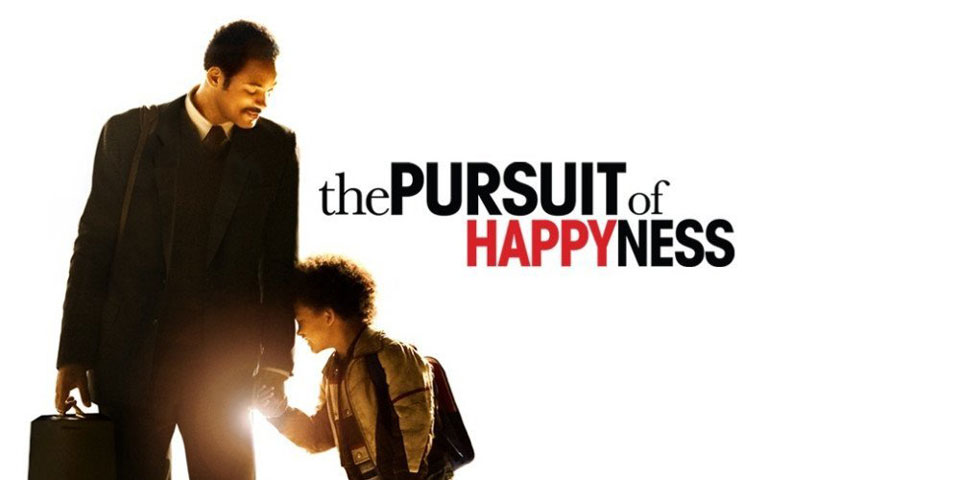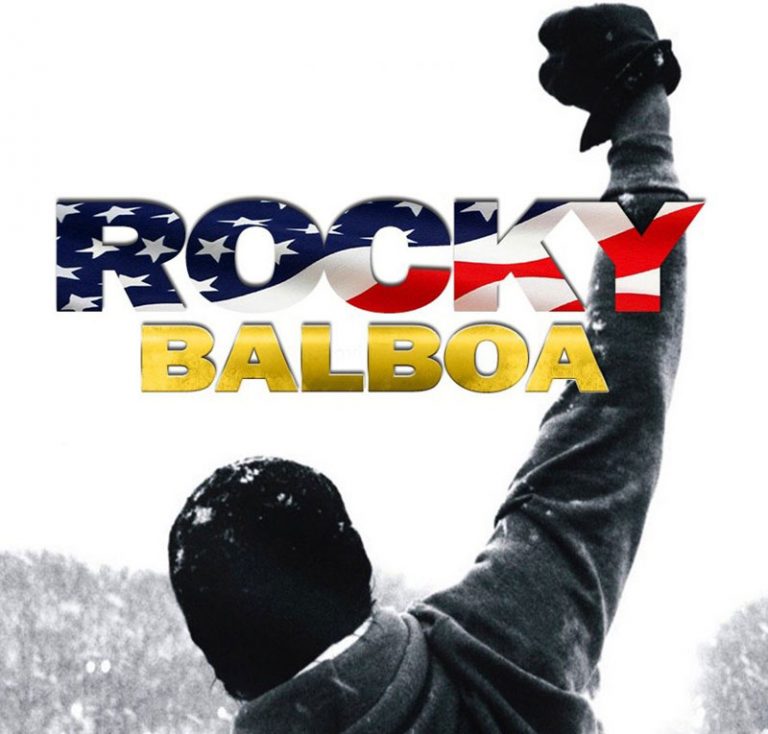Hotlifestyle
Did anyone ever say that being an entrepreneur was going to be easy? A million obstacles seem to stand in your way. The naysayers (you know who they are!) and financial woes can certainly be enough for the average person to start waving the white flag and wonder why you started.
STOP: You’re not an average person; You, are an entrepreneur. This means that even when times are tough, you will still put your best foot forward. On those rare occasions when this whole entrepreneur thing becomes a little overwhelming, take a step back and look for some motivation. Now what better way to find inspiration can there be than by watching a good film. Whether it’s a swashbuckling adventure, crazy comedy or a thought-provoking documentary, a film can inspire and motivate you to greater things.
With that in mind, here are 5 films that every entrepreneur should watch:
1. The Social Network
 The Social Network was a box-office hit when it was released in 2010. After all, the mystery of how Mark Zuckerberg went from a Harvard student to launching a worldwide social-media network has to be seen to be believed.
The Social Network was a box-office hit when it was released in 2010. After all, the mystery of how Mark Zuckerberg went from a Harvard student to launching a worldwide social-media network has to be seen to be believed.
Why watch it? Ignoring the fact that it was a little overdramatised. The film gives a indepth understanding of how to make a startup succeed by exhibiting such qualities as flexiblity and resilience. Every time I see it, it motivates me to be a better entrepreneur.
2. Pirates of Silicon Valley
 This was a made-for-TV movie released in 1999 covering the early days of the country's leading technology hub and the eventual rise of both Steve Jobs and Bill Gates. The documentary- style movie provides an interesting take on the lives of the founders of Apple and Microsoft.
This was a made-for-TV movie released in 1999 covering the early days of the country's leading technology hub and the eventual rise of both Steve Jobs and Bill Gates. The documentary- style movie provides an interesting take on the lives of the founders of Apple and Microsoft.
Why watch it? Entrepreneurs still look to these two iconic “pirates” for inspiration. It provides lots of material to learn from.
3. Wall Street
 Made in 1987 by the film maker legend Oliver Stone it made Gordon Gekko (Michael Douglas) one of the most infamous characters in cinema history with his motto “greed is good.” The film centers on the illegal and unethical decisions made by Bud Fox (Charlie Sheen) to become rich like Gekko, as a corporate raider.
Made in 1987 by the film maker legend Oliver Stone it made Gordon Gekko (Michael Douglas) one of the most infamous characters in cinema history with his motto “greed is good.” The film centers on the illegal and unethical decisions made by Bud Fox (Charlie Sheen) to become rich like Gekko, as a corporate raider.
Why watch it? Don’t sell yourself out just for the sake of money. Remember, being an entrepreneur isn’t just about becoming rich.
4. Rocky
 Sylvester Stallone wrote and starred in this ultimate underdog tale of Rocky Balboa going the distance with boxing heavyweight champion Apollo Creed. Simply one of those films that everyone should see at least once in their lives.
Sylvester Stallone wrote and starred in this ultimate underdog tale of Rocky Balboa going the distance with boxing heavyweight champion Apollo Creed. Simply one of those films that everyone should see at least once in their lives.
Why watch it? Even when the world tells you that you don’t have a chance to succeed, keep fighting. That competitive spirit can take you a long way. With the great classic score from Bill Conti I dare you not to be motivated at the end.
5. The Pursuit of Happiness
 This film made in 2006 is based on a true story. Chris Gardner played by Will Smith in one of the most heartwarming and motivational films ever made for budding entrepreneurs. Everyone I know is totally moved by the story of Chris and his son’s struggle to follow a dream. There are so many lessons to be learnt here.
This film made in 2006 is based on a true story. Chris Gardner played by Will Smith in one of the most heartwarming and motivational films ever made for budding entrepreneurs. Everyone I know is totally moved by the story of Chris and his son’s struggle to follow a dream. There are so many lessons to be learnt here.
Why watch it? Even though Chris became homeless and struggled to provide for his son, He never gave up on his dream. That passion and sacrifice is something every entrepreneur should be willing to embrace.

























